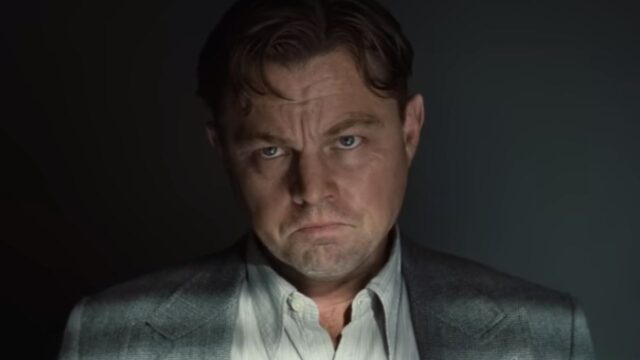In 2000, Ethan Hawke expressed concern to Vanity Fair that Titanic megastardom could stifle Leo DiCaprio creatively. He felt edgy, risky work would be discouraged to milk DiCaprio’s fame. Mary Harron, who exited American Psycho, cited his “13-year-old fanbase” as unsuitable baggage.
But 20+ years later, DiCaprio has grown into more nuanced, melancholy roles. He’s crossed from bankable star to respected actor vying to maintain his career amid industry shifts.
Scorsese Collaborations Marked Turning Points
DiCaprio’s work with Martin Scorsese neatly illustrates his evolution. Their 2000s films like The Aviator brought gravity to DiCaprio’s image. The independently financed, intensely committed Wolf of Wall Street deliberately subverted his appeal.
Now their latest, Killers of the Flower Moon, finds a wearied DiCaprio fully embracing new depths as a weak co-conspirator in genocide. His presence enhances the tragic horror as innocence erodes.
Willingness to Portray Flaws Marks Recent Roles
DiCaprio’s recent characters all radiate a new despondency and ambivalence. Once Upon a Time in Hollywood displayed insecurity about fading relevance. Don’t Look Up wrenchingly mixed impassioned heroism with pitiful humanity.
Relinquishing old vanity and swagger, Leonardo DiCaprio now seeks roles highlighting vulnerability and contemptibility. His fearlessness exposing ugly frailties demonstrates commanding talent and confidence.
What Once Seemed Risky Now Reflects an Actor Chasing Artistic Growth?
In his youth, complexity was discouraged to avoid alienating fans. Now DiCaprio displays singularity of purpose, selecting projects revealing new facets over commercial appeal.
Rather than coasting on fame, he displays creative restlessness. DiCaprio compels because his characters feel so believably and painfully human. His willingness to explore their struggles makes his stardom a conduit for art.

















